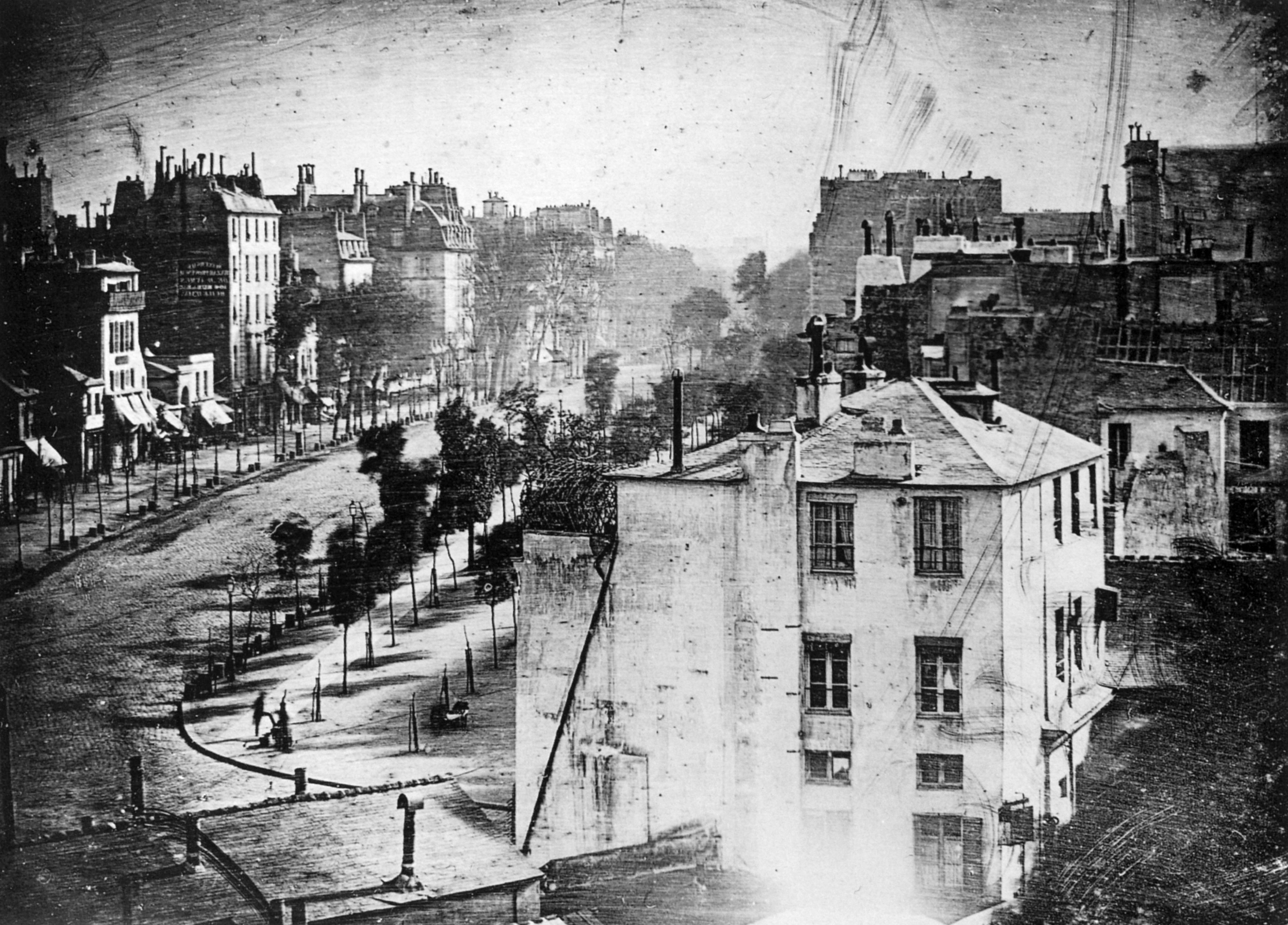70
The status of the photographer in the nineteenth and twentieth centuries presents a more complicated case. In their rivalry with painting, some photographers (such as Henry Peach Robinson) sought to be regarded as artists, while others (such as Lewis Hine, Edward Weston, and August Sander) promoted themselves instead as social historians or even natural scientists. Their internal disagreements were over both the material and formal basis of their medium and the social nature of the remediation that photography undertook. Meanwhile, the viewer was being refashioned into the role of photographer. Daguerre himself suggested that "everyone, with the aid of the daguerreotype, will make a view of his castle or country-house; people will from collections of all kinds, which will be the more precious because art cannot imitate their accuracy and perfection of detail. The leisured class will find it a most attractive occupation, and although the result is obtained by chemical means, the little work it entails will greatly please ladies" (Trachtenberg 1980, 12-13), Daguerre had from the outset a sense of the social aspects of remediation that his invention would entail, although his "everyone" seemed to include only men and women of the leisured class. The formal remediation-that the daguerreotype captures more detail than a painting-meant that the technology would better serve the needs of the wealthy collector, an emerging, nineteenth-century type. Daguerre may not have been precisely right with his prediction. With Eastman, photography later became a pastime for a larger and less wealthy middle class.' The important point is that even one of its inventors realized very early that photography was about social practices as well as technical details.
The status of the photographer in the nineteenth and twentieth centuries presents a more complicated case. In their rivalry with painting, some photographers (such as Henry Peach Robinson) sought to be regarded as artists, while others (such as Lewis Hine, Edward Weston, and August Sander) promoted themselves instead as social historians or even natural scientists. Their internal disagreements were over both the material and formal basis of their medium and the social nature of the remediation that photography undertook. Meanwhile, the viewer was being refashioned into the role of photographer. Daguerre himself suggested that "everyone, with the aid of the daguerreotype, will make a view of his castle or country-house; people will from collections of all kinds, which will be the more precious because art cannot imitate their accuracy and perfection of detail. The leisured class will find it a most attractive occupation, and although the result is obtained by chemical means, the little work it entails will greatly please ladies" (Trachtenberg 1980, 12-13), Daguerre had from the outset a sense of the social aspects of remediation that his invention would entail, although his "everyone" seemed to include only men and women of the leisured class. The formal remediation-that the daguerreotype captures more detail than a painting-meant that the technology would better serve the needs of the wealthy collector, an emerging, nineteenth-century type. Daguerre may not have been precisely right with his prediction. With Eastman, photography later became a pastime for a larger and less wealthy middle class.' The important point is that even one of its inventors realized very early that photography was about social practices as well as technical details.
 Source type: picture
Source type: pictureInfo: Louis Daguerre’s groundbreaking image of the man and a customer is the first known instance of human beings captured in a photograph. Before Daguerre, people had only been represented in artworks. That changed when Daguerre fixed his lens on a Paris street and then exposed a silver-plated sheet of copper for several minutes
Original size: 2500x1796 px. Edit
 Log-in
Log-in